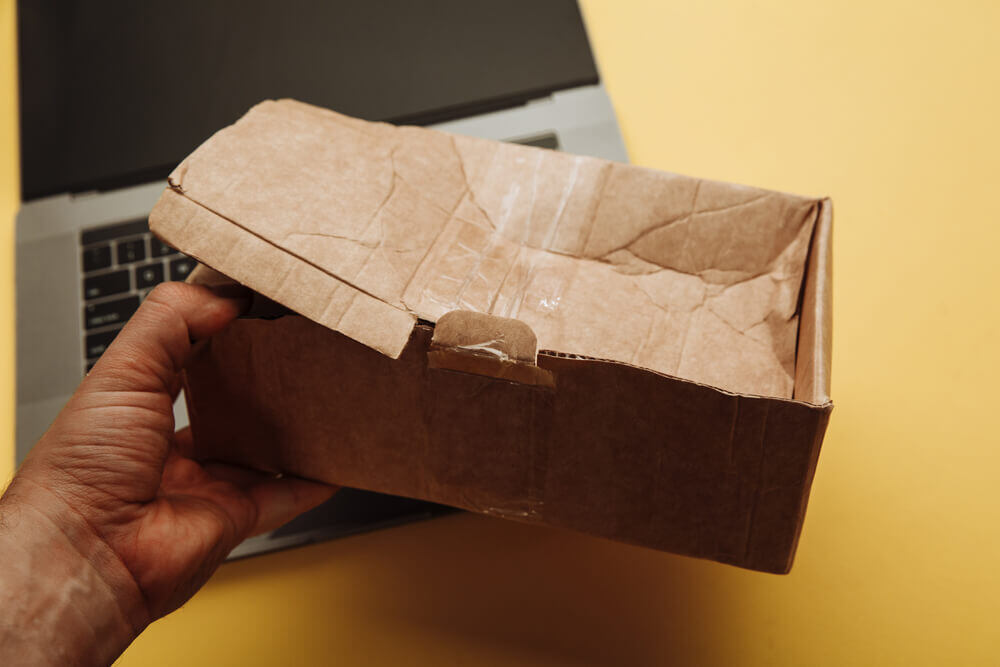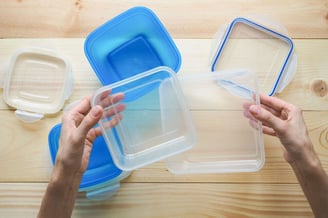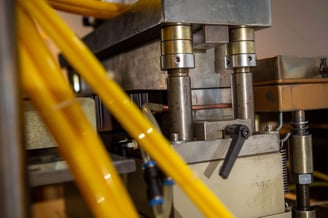How To Prevent Shipping Damage

Poor shipping practices can result in damaged products, which affects your bottom line. When it is a common occurrence, it can also damage your reputation and undermine the trust your customers have in your ability to deliver quality products. Luckily, there are things you can do to reduce or prevent shipping damage.
Best Practices To Prevent Shipping Damage
Many of the best practices for shipping can help reduce damage to products while also improving the overall logistics process. They provide secure packaging, help reduce weight, and may also support sustainability efforts. Consider implementing some of these tips for how to prevent shipping damage.
Choose the Correct Size Boxes
Choosing the correct box size for each application is key to ensuring product safety during shipping. Shipping boxes come in multiple standard sizes and custom orders are available for manufacturers, so this should not be a problem. You should be able to fit interior packaging material that offers sufficient support to limit product movement within the carton.
Placing one or two small items in a large box creates major shipping problems. They can easily shift and knock against each other, which increases the likelihood of damage. The same can be said of using a box that is too small. This does not leave enough space around larger items for fill material and cushioning, which makes damage more likely.
Use Appropriate Interior Packaging Materials
The type of materials you use to package products can significantly affect damage rates. Some popular options for packaging include plastics (high-impact polystyrene, polyethylene terephthalate, high-density polyethylene, and polypropylene), paper, styrofoam, and bio-sourced fillers.
Each one has potential advantages and disadvantages, and the right material depends on what type of products you are shipping. Some material features you should consider include:
- Durability: Materials must be able to withstand the rigors of shipping, which can include some pretty rough handling. Plastic is an ideal choice because it is both strong and flexible.
- Moisture resistance: Spills and bad weather can cause damage to packages in transit. Using waterproof materials helps prevent shipping damage from water or other liquids.
- Security: The right materials will hold your products securely to limit jostling during transit and storage. Our custom plastic trays are ideal for keeping individual components in a secure pocket.
- Sterility: Certain types of products, such as medical devices and pharmaceuticals, require sterile packaging. This is an area where plastic packaging trays really shine. They offer lightweight protection while meeting strict federal regulations for the industry.
- Weight: Any materials that add significant weight to your overall package increase costs and the difficulty of handling. It’s a good idea to choose the lightest packaging that can support and protect your products.
If you are shipping electronics or other sensitive equipment, you should also consider the need for packaging materials that reduce electrostatic discharge. ESD-safe plastics reduce problems associated with static discharge affecting sensitive electronics. They are ideal for aerospace components, automotive parts, medical devices, and other, similar products.
Materials that meet these criteria and are also environmentally friendly get bonus points. At Ready-Made Plastic Trays, we work to use recycled, recyclable, and sustainably sourced materials whenever possible. This helps you reach sustainability goals while also focusing on shipping damage prevention strategies.
Eliminate Empty Spaces Within Boxes
.jpg?width=1000&height=630&name=Depositphotos_46137509_S%20(1).jpg)
Having extra room in boxes may seem like a good idea initially, but that space can cause major shipping damage. It allows products to move around, which causes damage as they bump into each other. Eliminating this space with secure and firm interior packaging helps to reduce movement and protect your products.
One way to reduce excess space is by using packaging inserts, such as plastic trays from Ready-Made. These provide sturdy yet lightweight filler that cradles products and limits movement. We carry over 150 in-stock tray configurations to make finding one that fits your product specs easy.
Conduct Packaging Testing
Once you have chosen materials and package sizes, conduct testing to ensure they work as intended. This step alone can prevent a large portion of shipping damage. Start by gently shaking a prepared package to see if the contents move around. If they do, you should probably start over before doing any additional tests.
More involved tests should duplicate anticipated shipping, handling, and storage conditions. This may include factors such as wind, water, temperature extremes, and dropping. You also want to consider rough handling from people and machinery.
Label Boxes and Contents
All boxes should be clearly labeled for easy identification. This helps warehouse workers and logistics providers in picking, packing, and loading the boxes. It also ensures you meet applicable regulations for specific materials. Some labeling requirements include identifying the following products:
- Fragile materials
- Hazardous materials, including lithium batteries
- Liquids
- Maximum load or stack ratings
- Perishables
- Temperature requirements
Another advantage of proper labeling is that it makes it easier for carriers to identify and track packages. This reduces the chance of a box getting lost in transit, which also helps to prevent shipping damage. If packages are lost, you can quickly identify where along the route it happened, making locating them easier.
Color coding labels is another effective method for quick identification. It also supports efficient inventory processes, which can help keep stock properly rotated so it is less likely to get damaged before shipping.
Stack and Secure Boxes Properly
.jpg?width=1000&height=667&name=Depositphotos_652521560_S%20(1).jpg)
A final strategy to prevent shipping damage is to use proper stacking techniques when handling and loading boxes. Some boxes can be stacked multiple high, while others are limited to one or two rows. The box construction, weight, and contents will determine stacking configurations.
Boxes must also be secured during transit. This can be through strapping to a pallet, heavy-duty wrapping, or some other means. Whichever method you use, it should be appropriate for the products enclosed and the conditions they will encounter.
Prevent Shipping Damage With Ready-Made Plastic Trays
Ready-Made Plastic Trays manufactures precision-engineered trays for superior product support. Individual pockets in several shapes and sizes keep your products in place during shipping, helping to prevent shipping damage. They are available in popular stock sizes, or we will work with you to create custom trays that meet your product specifications. Request a free sample today.



